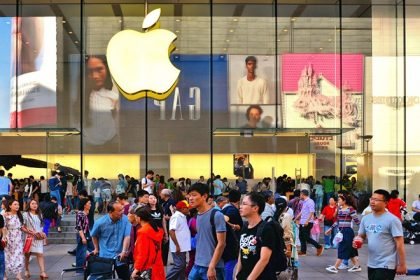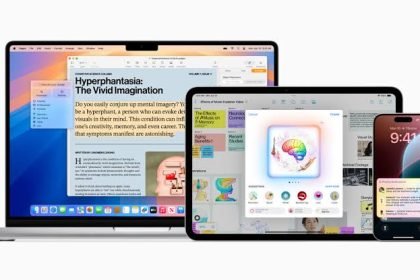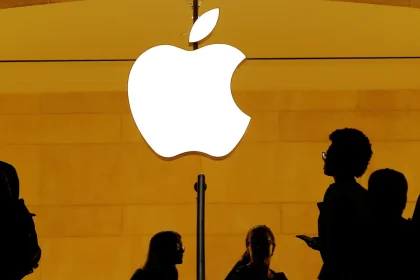Apple today announced that it expects a $900 million increase in costs for the second quarter of 2025 due to current U.S. tariffs, highlighting the growing impact of global trade tensions on the tech sector.
Speaking during the company’s Q2 earnings call, Apple CEO Tim Cook confirmed that tariffs are already inflating operational expenses and disrupting long-term planning.
Assuming the current global tariff rates do not change for the balance of the quarter, and no new tariffs are added, we estimate the impact to add $900 million to our costs, it’s very difficult to predict beyond June — Tim Cook
In response, Apple is accelerating efforts to diversify its manufacturing footprint. The majority of iPhones sold in the United States this quarter will be produced in India, while Vietnam will handle production of Macs, Apple Watch, and AirPods. China will continue to support the company’s international supply and distribution.
We realized a while back that putting all our eggs in one basket—especially in China—was just too risky, Cook said. Over time, we’ve been developing new sources of supply, and you can expect that trend to continue.
While smartphones have been temporarily exempted from the newly imposed 125% U.S. tariffs on Chinese goods, Apple is still subject to a 20% tariff on other components and products sourced from China.
READ ALSO: Tariffs Cost Apple Nearly $1B—Here’s How It’s Fighting Back
The company’s strategic reallocation of manufacturing is intended to reduce exposure to further volatility. Despite these pressures, Apple reported strong Q2 earnings:
- Revenue: $95.4 billion (up 5% year-over-year)
- Net income: $24.8 billion (up 5%)
- iPhone revenue: $46.8 billion (up 2%)
- Services revenue: $26.6 billion (up 12%)
Revenue from China declined 2.4% to $16 billion, due to intensifying competition from domestic smartphone manufacturers.
Chief Financial Officer Kevan Parekh noted that there was no evidence of early consumer purchases driven by tariff concerns.
For the March quarter, we don’t believe we saw any strong evidence of pull-ahead demand that impacted our results.
Also, in line with continued shareholder returns, Apple’s board approved a 4% dividend increase and authorized up to $100 billion in share buybacks, slightly down from $110 billion in the prior year.
Amazon is also adapting, making sure its network of sellers is more resilient and diversified.
So far, both companies are doing just fine. Apple’s revenue for the last quarter hit $95.4 billion, up 5% from last year.
Amazon’s numbers were even stronger, with a 9% jump in overall sales and a massive 60% increase in profits.
Despite the uncertainty around trade policy, Apple and Amazon are showing that big tech can still thrive.
The question now is how quickly Apple can build up its new manufacturing hubs—and whether other companies will follow suit.
Industry analysts remain cautious about the second half of 2025. Gene Munster, Managing Partner at Deepwater Asset Management, noted: “No one knows what’s going to happens in the second half of the year. Every company is going to have to deal with it, but Apple may have the hardest challenge of all.”





